Readers of this blog know about thirteen-year-old Esme Louise Kenney who was murdered March 7, 2009 by a convicted killer and sex offender while she was jogging near her Cincinnati, Ohio home. As the first year anniversary of her death approaches, and the trial of her alleged killer begins officially Thursday, March 4, I ponder her story, which has been one of overwhelming positivity. More and more people rally to celebrate her spirit through songfests, memorials, and dedications. In her parent’s words, the explosion of love and light in the wake of her passing is indeed imbedding shards of goodness and kindness in hearts everywhere.
Esme’s power to touch lives, a godly power, follows a pattern. I see in her the same power that was exhibited in the life of Anne Frank. This power is manifested paradoxically in weakness. Young, innocent, vulnerable, vibrant, cheerful, precocious, and so full of life, both Anne and Esme outlive the random, senseless, and brutal forces that vanquished them. I think that the power to do this is rooted in the happiness they felt through meeting and interacting with others. This infectious happiness, a refreshing alternative to an attitude of cynicism and despair in an age that seems to have lost its way, was no accident in their lives. That is because happiness is self-reciprocating. What follows is an excerpt about the nature of happiness and how to acquire it from a book by Andy Andrews, entitled The Traveler’s Gift, copyright 2002. The protagonist in the story meets the persistently bubbly and talkative Anne Frank who tears out two pages from her diary and gives them to him.
“Today I will choose to be happy. Beginning this very moment, I am a happy person, for I now truly understand the concept of happiness. Few others before me have been able to grasp the truth of the physical law that enables one to live happily every day. I know now that happiness is not an emotional phantom floating in and out of my life. Happiness is a choice. Happiness is the end result of certain thoughts and activities, which actually bring about a chemical reaction in my body. This reaction results in a euphoria that, while elusive to some, is totally under my control.
“Today I will choose to be happy. I will greet each day with laughter. Within moments of awakening, I will laugh for seven seconds. Even after such a small period of time, excitement has begun to flow through my bloodstream. I feel different. I am different. I am enthusiastic about the day. I am alert to its possibilities. I am happy.
“Laughter is an outward expression of enthusiasm, and I know that enthusiasm is the fuel that moves the world. I laugh throughout the day. I laugh while I am alone, and I laugh in conversation with others. People are drawn to me because I have laughter in my heart. The world belongs to the enthusiastic, for people will follow them anywhere!
“Today I will choose to be happy. I will smile at every person I meet. My smile has become my calling card. It is, after all, the most potent weapon I possess. My smile has the strength to forge bonds, break ice, and calm storms. I will use my smile constantly. Because of my smile, the people with whom I come in contact on a daily basis will choose to further my causes and follow my leadership. I will always smile first. That particular display of a good attitude will tell others what I expect in return.
“My smile is the key to my emotional makeup. A wise man once said, ‘I do not sing because I am happy; I am happy because I sing!’ When I choose to smile, I become the master of my emotions. Discouragement, despair, frustration, and fear will always wither when confronted by my smile. The power of who I am is displayed then.
“Today I will choose to be happy. I am the possessor of a grateful spirit. In the past, I have found discouragement in particular situations until I compared the condition of my life to others less fortunate. Just as a fresh breeze cleans smoke form the air, a grateful spirit removes the cloud of despair. It is impossible for the seeds of depression to take root in a thankful heart.
“My God has bestowed upon me many gifts, and for these I will remember to be grateful. Too many times I have offered up the prayers of a beggar, always asking for more and forgetting to give thanks. I do not wish to be seen as a greedy child, unappreciative and disrespectful. I am grateful for sight and sound and breath. If ever in my life there is a pouring out of blessings beyond that, then I will be grateful for the miracle of abundance.
“I will greet each day with laughter. I will smile at every person I meet. I possess a grateful spirit. Today I will choose to be happy.”
Andrews simplifies who in fact was a complex, multifaceted teenager coming of age in order to outline his recipe for happiness. Esme herself exhibited a complexion of sometimes contradictory personality traits. Who doesn’t? But one of Esme’s traits stands out in my estimation, a spiritual one that allows us to realize a higher calling in being human, and one that aligns with that of the totemic figure of the Holocaust, a deliberate optimism about others and a desire to share with them the simple joy of living, a joy that is self-reciprocating.

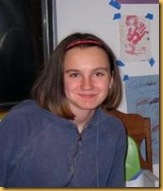
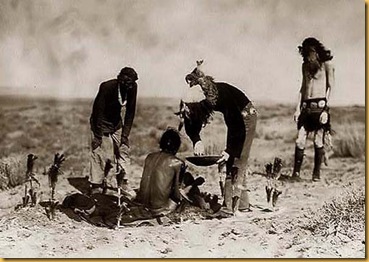
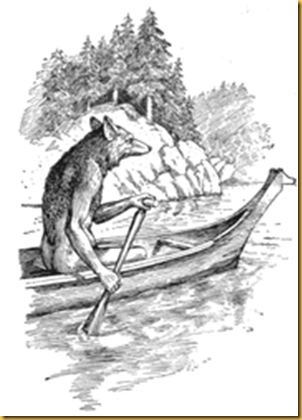

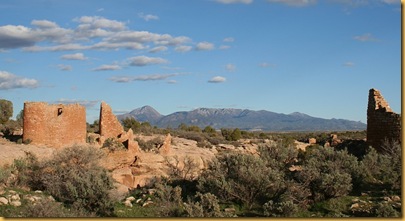

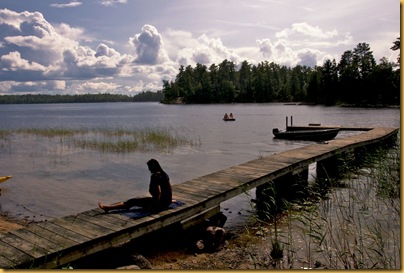
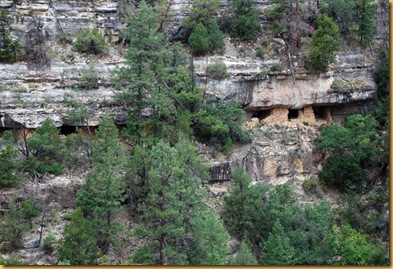


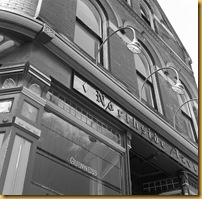

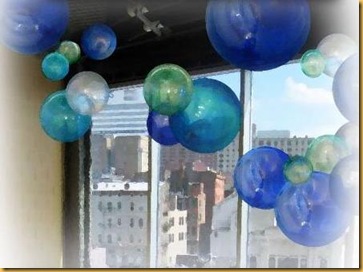
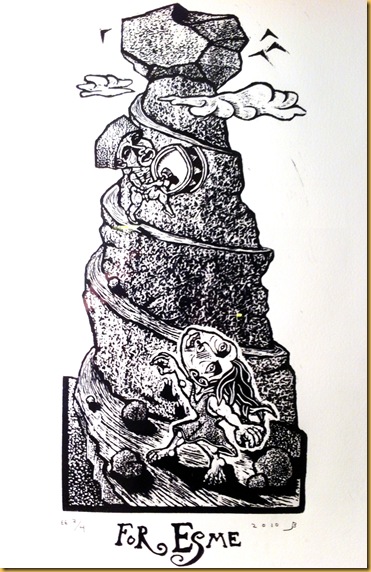
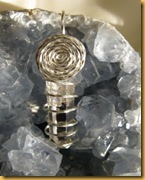
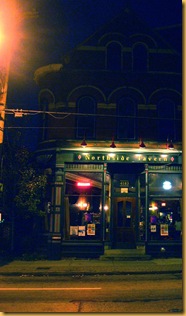
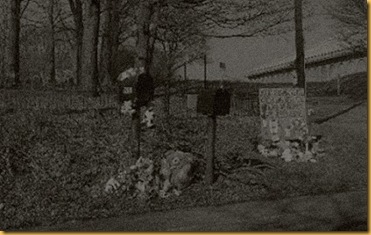 Adorned mailbox, roadside memorial, and the distant reservoir
Adorned mailbox, roadside memorial, and the distant reservoir